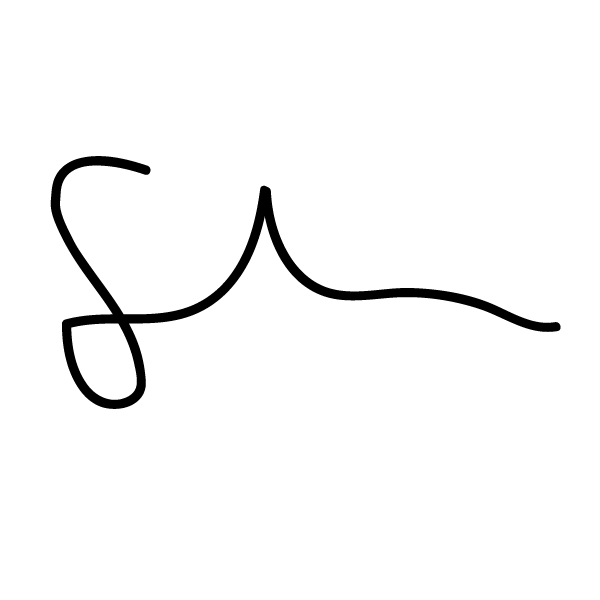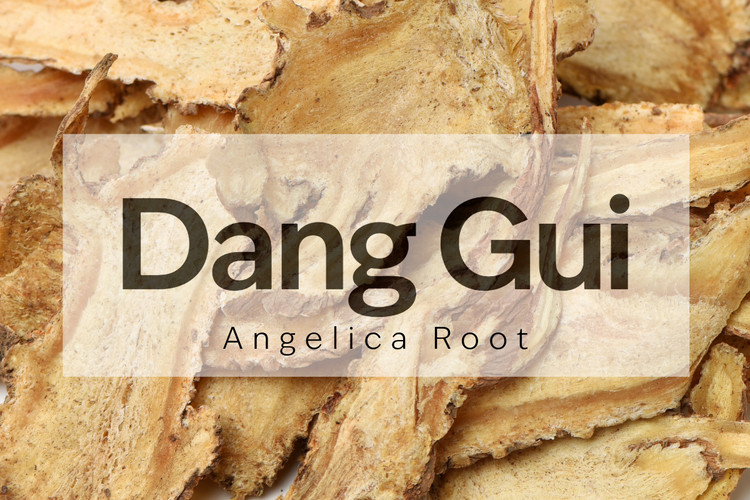Posted by Frank Griffo on May 19th 2025
Dang Gui: Return to Health
Dang Gui: Return to Health
Published May 19, 2025 by Frank Griffo
One of Chinese medicine’s most revered blood tonics, Dang Gui is a cornerstone of gynecological treatment and beyond.
Historical Significance
The name Dang Gui, often translated as “should return,” has long been associated with restoration—of health, of balance, and of vitality. In his 16th-century compendium Bencao Gangmu, Li Shizhen explains that Dang Gui was so named because of its ability to "return the blood to its proper pathways" and restore health after deficiency. The name carries both a physiological and symbolic meaning: the restoration of lost blood and the return to a harmonious state.
The story of the origin of the name Dang Gui is about a poor scholar who was forced to leave his beloved wife in order to find work. Before leaving, he instructed her to take a specific herb if she became sick while he was gone—saying that with its help, she "should return" to back health. During his long absence, the woman suffered from debilitating menstrual irregularity and fatigue. Remembering his words, she sought out the herb, brewed it into a tea, and gradually recovered. When the scholar finally returned home, he found her well—and the herb he had recommended became known as Dang Gui.
Botanical Profile
Chinese name: Dang Gui
Pharmaceutical name: Radix Angelicae Sinensis
Plant source: Root of Angelica sinensis
Channels entered: Heart, Liver, Spleen
Taste & temperature: Sweet, acrid, warm
Dang Gui is cultivated primarily in Gansu, Yunnan, and Sichuan provinces. High-quality roots are flexible, aromatic, and rich in volatile oils, which give the herb its characteristic smell and therapeutic effect.
Traditional Functions
- Tonifies the Blood and Regulates Menses: A primary herb in formulas for irregular menstruation, amenorrhea, and postpartum recovery.
- Invigorates and Harmonizes the Blood: Used in blood stasis pain, especially when due to cold. Suitable for dysmenorrhea and abdominal cramps.
- Moistens the Intestines: Useful for constipation in blood-deficient or postpartum patients.
- Reduces Swelling and Promotes Tissue Regeneration: Occasionally used for abscesses and sores that are slow to heal.
Formulas Featuring Dang Gui
Tao Hong Si Wu Tang (Motion, Phase One): With Shu Di Huang, Bai Shao, Chuan Xiong, Tao Ren and Hong Hua. A foundational blood tonic that balances nourishment with gentle movement.
Dang Gui Bu Xue Tang (Sanguine Tea): Just Dang Gui and Huang Qi in a 1:5 ratio. Classically used to treat blood deficiency with floating yang, fatigue, and recovery from blood loss.
Bu Zhong Yi Qi Tang (Vim Vita): A supporting role by nourishing the blood and assisting in the generation of qi, complementing the formula’s primary focus on raising yang and tonifying the middle burner.
Jia Wei Xiao Yao San (Free and Easy, Grace and Ease): Nourishes and moves the blood, helping to harmonize the Liver and Spleen while addressing blood deficiency that often accompanies Liver qi stagnation.
These combinations highlight Dang Gui’s ability to nourish the blood, move stagnation, and harmonize without burdening the spleen and digestion. As Jiao Shu-De advises, Dang Gui is best used when its tonifying and moving actions are both needed.
Modern Applications and Pharmacology
Dang Gui contains ferulic acid, ligustilide, and polysaccharides, giving it a wide therapeutic range:
- Hematopoietic: Promotes red blood cell production
- Spasmolytic: Eases uterine and abdominal cramping
- Phytoestrogenic: Supports hormonal balance
- Anti-inflammatory and antioxidant: Useful in chronic conditions
Final Thoughts
Dang Gui is more than a gynecological herb. It is a harmonizer, a mover, and a nourisher. Its legacy is not only in formulas but in its symbolic role as an herb that helps people return to balance.
“The art of Dang Gui lies not in its power to tonify alone, but in its grace to harmonize the whole.” — Ten Lectures on the Use of Medicinals


